Lüderitz is a small coastal town on the Atlantic Coast of Namibia. This is an extremely desolate and harsh part of the country. I found that the most interesting part of the visit was getting there.
Once you pass the town of Aus, there is a stretch of 100 km with absolutely nothing at all on either side of the road.
The population density in Namibia is very low, even lower than in Canada. Furthermore, most of the people live in the North, making the South about as densely populated as the Canadian North. But the road to Lüderitz is special in its desolation. Not only will you not see anyone on either side of the road as far as the eye can see, but if you do happen to see people, they will be armed with automatic weapons. Their job: to make sure the place remains empty. This is not a “don’t go in or you’ll get a stern warning and perhaps a fine area”, this is a “don’t go in or you’ll go to jail if you don’t get shot first area”.
The 36,000 square kilometres “Sperrgebiet” (forbidden territory); diamond country! Security is not taken lightly, at all. If one were to get caught picking up a stone which turns out to be a diamond, the minimum sentence allowed by law is five years in jail. A guide told me some people in Namibia serve longer sentences for diamond theft than others do for murder. Security is also very effective in and around diamond mines. People, mostly mine employees, try to steal diamonds all the time, as one would expect of something so small yet so valuable, in such a poor country. The guard’s salaries are, unsurprisingly, low. However, if they uncover or stop an attempt to steal diamonds, the company assesses the value of the recovered stones and gives the guards a reward equivalent to a third of the market value. Every once in a while, a guard ends up getting a reward equivalent to years, or even decades or his normal salary. It is a windfall equivalent to winning a big lottery in the developed World and that leaves other guards extremely motivated and with a very high level of initiative.
While entry into most of the Sperrgebiet is banned under any circumstance, the Government has begun allowing tour companies to take groups into certain areas with no active diamond mining operations. Officially, part of the Sperrgebiet is now a National Park, but this is very much a notional affair for now. The process to obtain permits requires at least a week, and most of the things I wanted to see were along the road and in Lüderitz, so no forbidden territory for me.
This power line doesn’t go into the Sperrgebiet, as there is nothing or no one to provide electricity to. It cuts through it on the most direct route to Lüderitz, but the terrain is too mountainous for the road to follow (and especially the railroad along which the road was build not much more than 10 years ago).
Some more of the incredible scenery:
Of course, ostriches don’t care about the forbidden area and manage to cause havoc on the road.
While ostriches are common in this part of the World, wild horses are certainly not. They number around a hundred and are believed to be the descendants of horses brought to the area by the German Imperial Army, over a hundred years ago. The survivors have adapted to the dry climate and require much less water than normal horses.
Normal horse behaviour.
 Abnormal horse behaviour. Surprisingly, they are not dead, they just rest like that, unlike any horses I have ever seen.
Abnormal horse behaviour. Surprisingly, they are not dead, they just rest like that, unlike any horses I have ever seen. 
The place looks more hospitable for camels than horses. In case you are wondering what they are eating, they have a very inefficient digestive system and their excrements are quite rich in nutrients. You see where this is going…
The reason why the horses are easy to spot; an artificial water hole. In the wet season – or shall we say the less dry season – the horses can go for days without visiting the hole, as they get a lot of moisture from the vegetation they eat. In the dry season, they must visit the hole everyday.
Close to Lüderitz is the ghost town of Kolmanskop. Technically speaking, it is in the forbidden territory, but is it very close to the main road, so visits have been allowed since the seventies. It was established when diamonds were found at the beginning of the Twentieth Century. At its height, it had 340 German colonists and 800 Namibian contract workers. The area is still rich in diamonds but in 1928, diamonds 6 times larger were found further South in the Sperrgebiet. In 1938 all mining operations shifted to Oranjemund, near the current border with South Africa, and the town was abandoned.
Some structures, such as the accountant’s house, are quite well preserved. You can walk around in them. Depending on how many windows are broken, the rooms are more or less filled with sand.
The schoolmaster’s house. It certainly has lost its battle with the desert. A lot of the structures were invaded by the sand because after the town was abandoned, some people from the area realized Kolmanskop was a cheap source of quality windows and doors!
The hospital. Despite the population of only 1140 people, the hospital had about 250 beds, as it was the only hospital in the region and people would travel vast distances to reach it. It was the first hospital in Southern Africa to purchase an X-ray machine, although many suggest it had nothing to do with medical necessity, but was rather the easiest way to look for diamonds hidden in objects and, hum… bodies. After the town was abandoned, five families remained for several years to keep the hospital going before finally closing it in 1956.
I find even abandoned hospitals are a little creepy.
Never in the West would tourists be allowed to walk around in these semi-collapsed structures. Elsewhere in the World, just put a sign that reads “Enter at your own risk” and you are covered. I walked around the town for an hour before going on a guided tour. During the tour, I was warned of the presence of venomous snakes in the bushes… a little late to tell me! I kept this picture despite the strange green reflection. It is due to fact that I was using an underwater casing on my camera, to protect it from the sand storm happening outside. It works against sand, but is clearly not designed for that purpose.
The structures in the distance are where the 800 Namibian workers lived. Not quite as nice as the German town. However, they were contractors living in barracks, while the Germans lived in Kolsmanskop with their whole families.
These German colonists were quite ingenious. With the very simple technologies in this room, they made ice blocks. The square tank on the right would get filled with sea water and ammonia gas was injected into it until it cooled to slightly below zero degrees (but above the freezing point of salt water). Long and narrow metal tanks, like the one leaning against the main tank, would be filled with fresh water and inserted into the very cold salt water until the contents were frozen solid.
The small tanks would then be dunked for a moment in this boiler to allow for easy extraction of the ice. The slab would be cut into halves, and each family would receive a block of ice per day for their icebox. The main tank also had pipes going through it that would then circulate in the next room, where the butcher worked, making his shop the only air conditioned room in town.
The town and the mining operation were also pioneers in the use of electricity. This was out of necessity. The predominant technology at the time would have been a large steam engine, but getting all the fresh water needed for its operation was more expensive than building a electrical power station. There was a time in Kolsmanskop when fresh water cost as much as half the price of beer!
The happy colonists in the days of the Empire. This is not the National Flag in the background, but rather the Imperial War Flag, so this picture would probably have been taken sometime in 1914 or 1915, before the South African Army invaded and took over the German colony.
Lüderitz retains it’s colonial look and the German influence is more than obvious. It used to be an important local harbour, but is now too shallow for modern ships and has been replaced by Walvis Bay to the North.
This area looks like an abandoned portion of a decrepit industrial area, but it is actually right downtown. During its days as a transportation hub, the trains would come right into town, a few hundred meters from the harbour. The rails and all other infrastructures are currently being removed in a redevelopment of downtown. The rail line itself, going to the inland city of Keetsmanshoop, is also being rebuilt and is scheduled to be completed in 2013. Locals find it quite pathetic that the reconstruction project will have taken ten years when, a hundred years ago, the original line was built in ten months.
I got to Lüderitz after camping near the Fish River Canyon. Camping is big in the region and you find very nice grounds everywhere. Most hotels also have campgrounds, so you get all the amenities of the hotel, like the pool, sometimes WIFI, bar, etc, but at a fraction of the cost. Happy with my camping experience, I was thinking of doing the same, until I started to feel the power of the Lüderitz winds. There are signs warning you along the road and in a small car like mine, you have to keep both hand on the wheel at all times! Sand dune also build up on the road. Camping was not going to happen.
An 800 meter long channel was dug at the end of the Lüderitz lagoon. Given the crazy winds that come at a perfect angle, this is THE World destination for speed sailing and all the ultimate sailing speed records have been beaten here since they dug the canal in 2007. In 2010, and American guy using a kite surf crossed the 500 meters “competition segment” at an insane average speed of over 103 km/h!
Enough water, off to the great Namibian Desert…
#Namibia


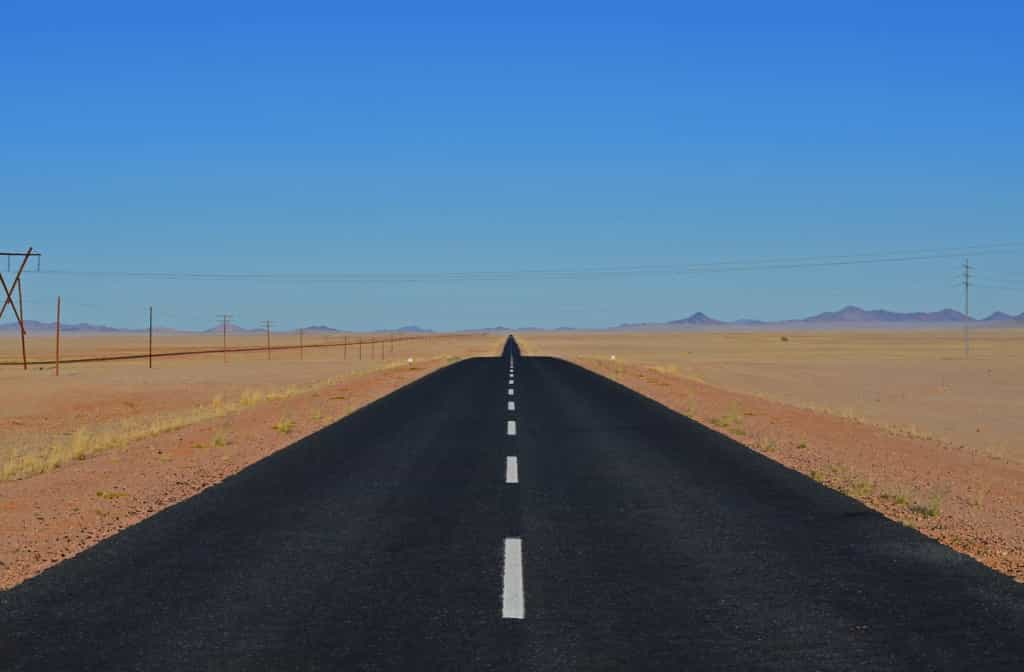
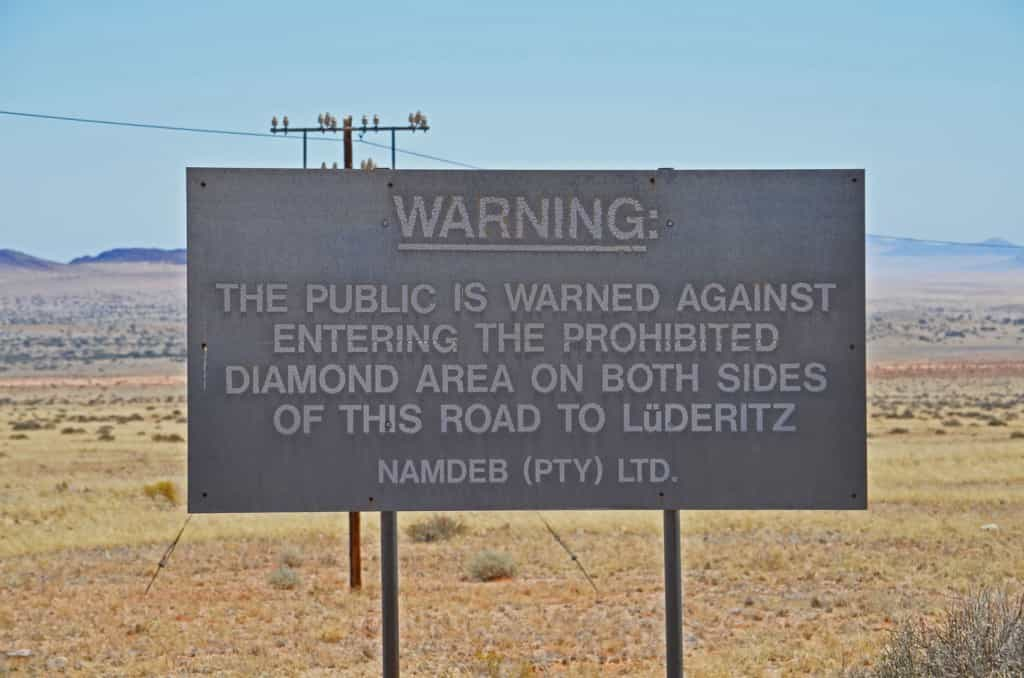
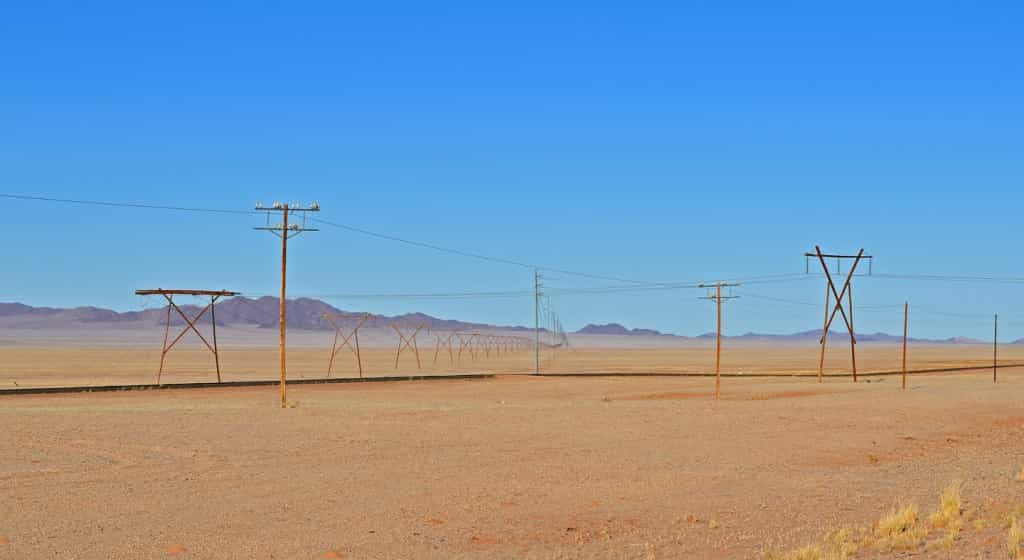


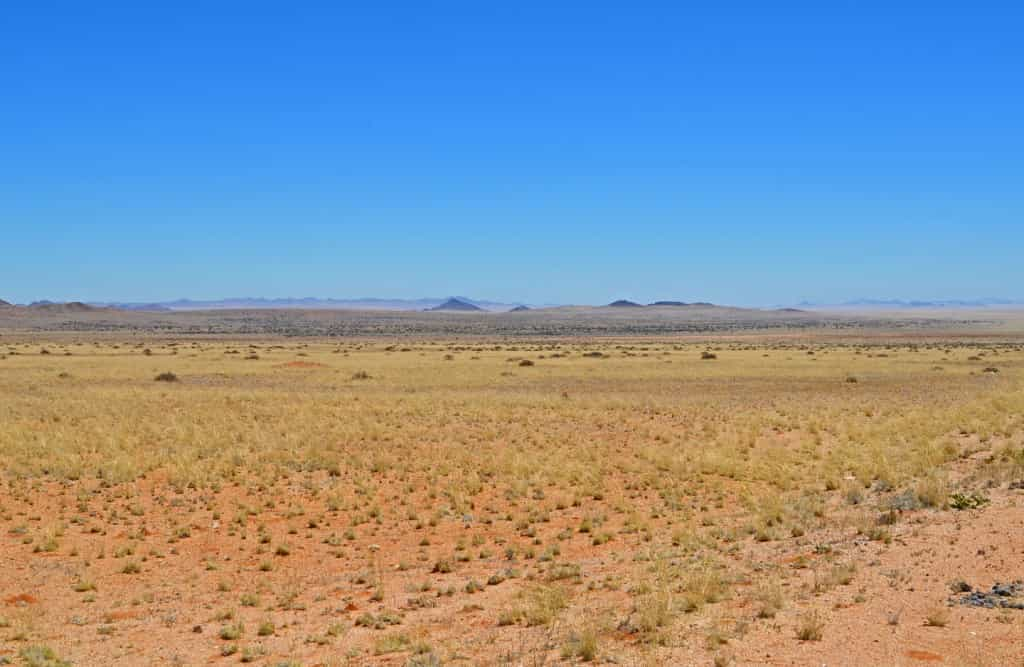

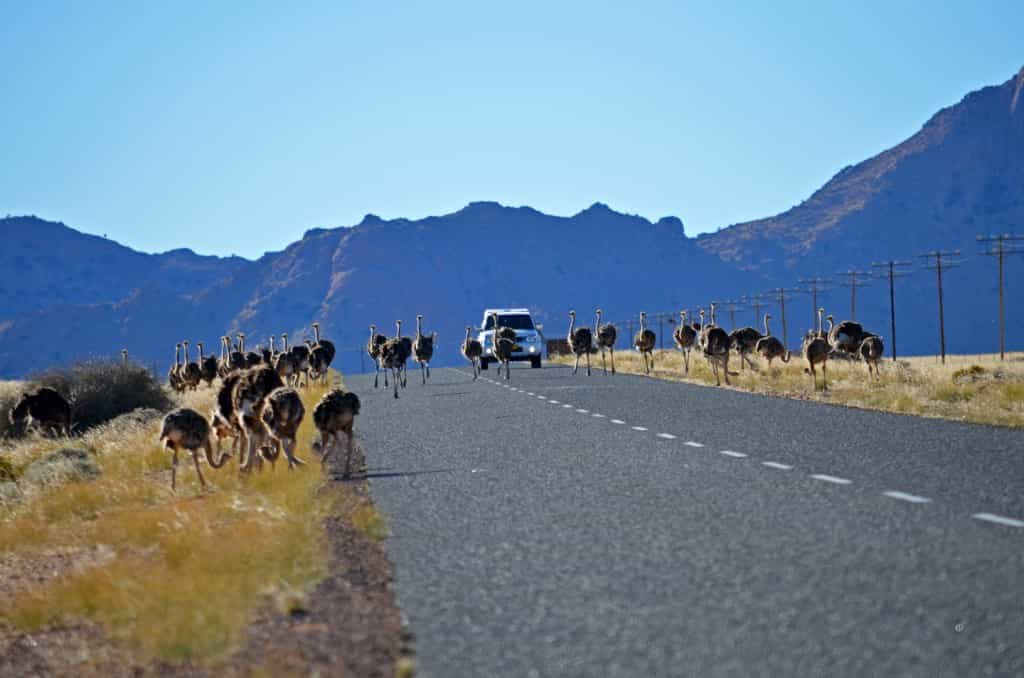




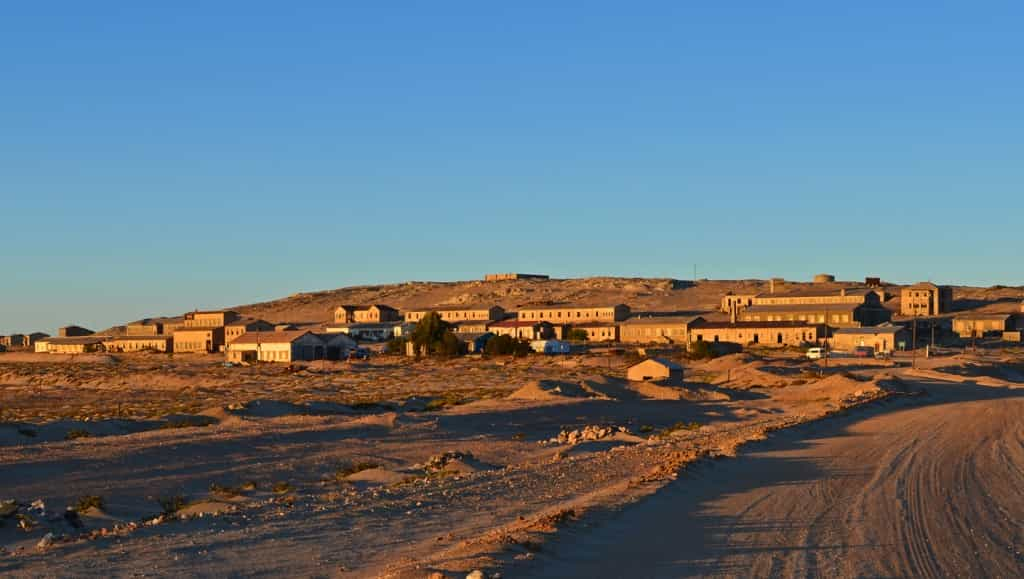
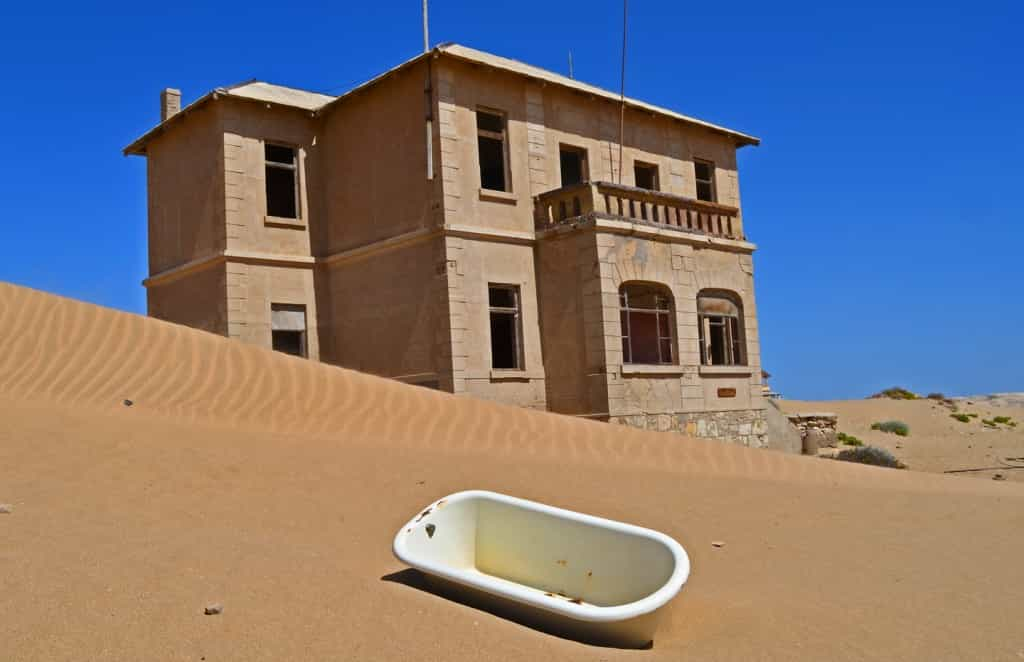
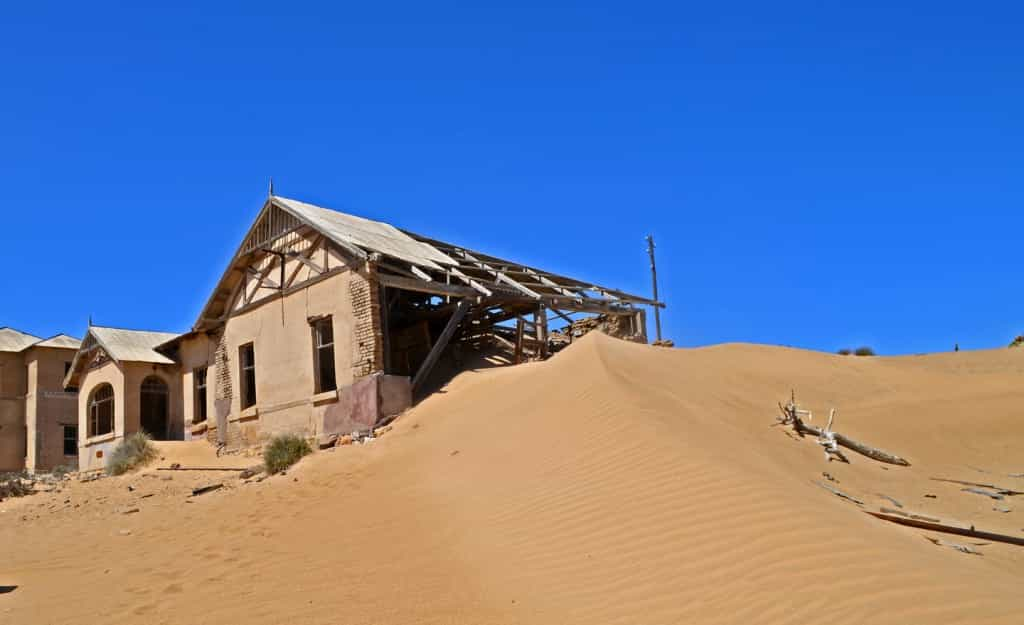
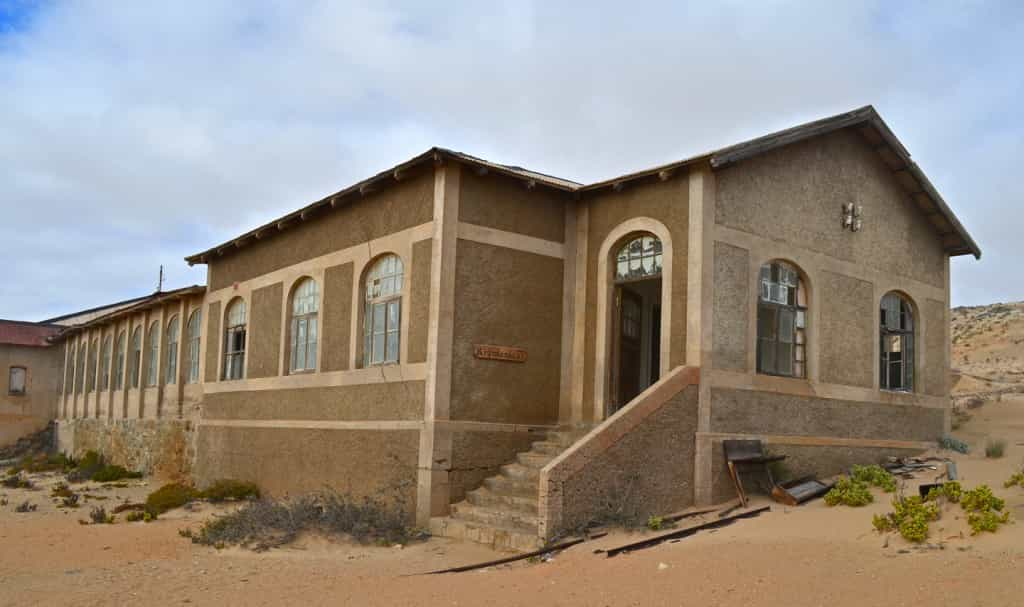
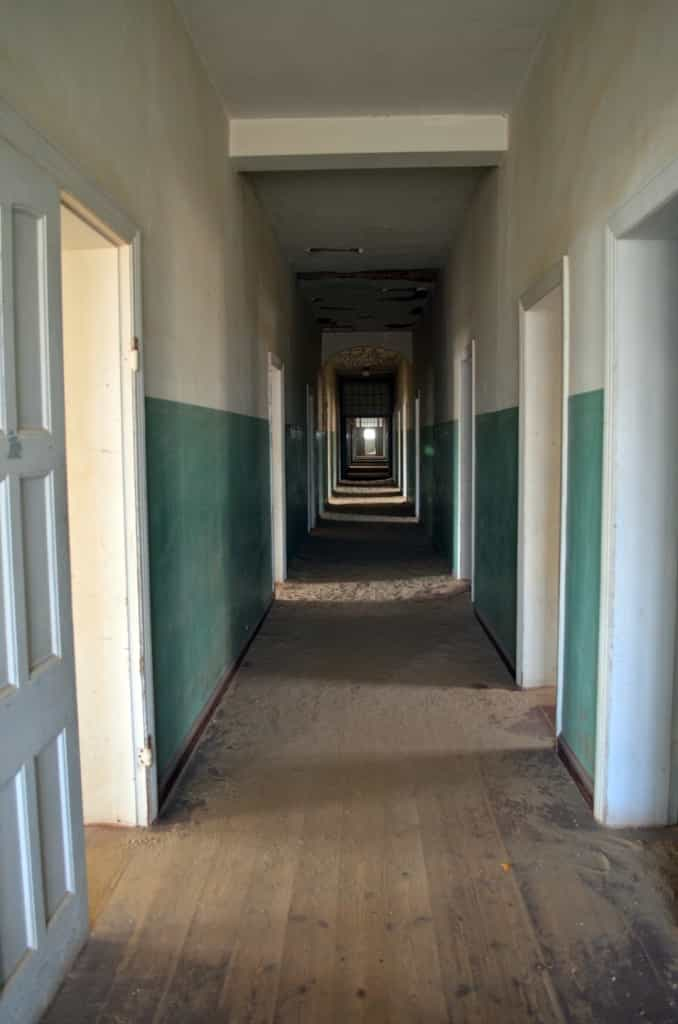

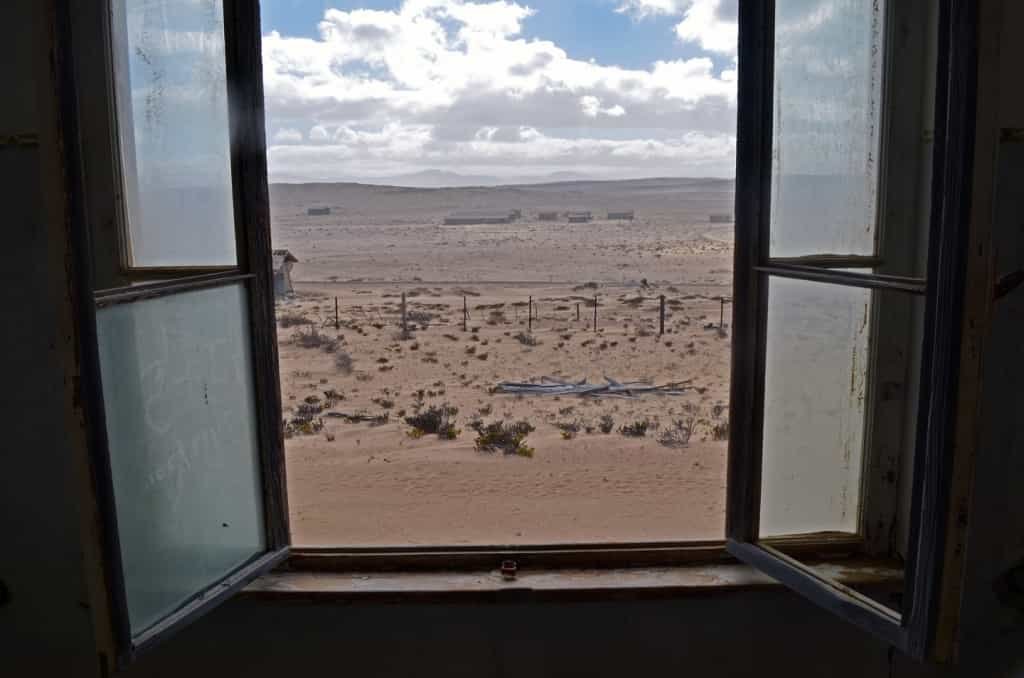



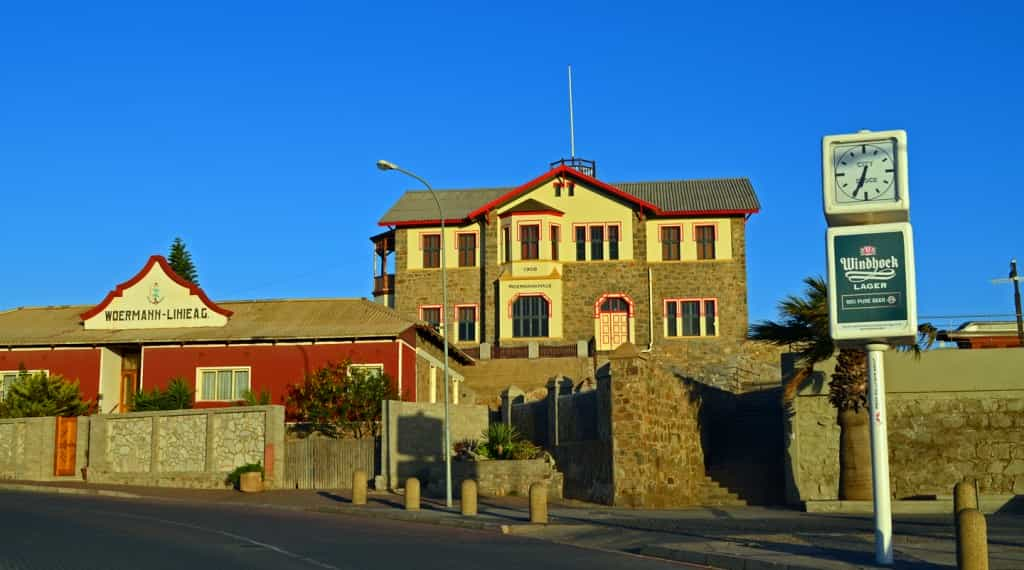

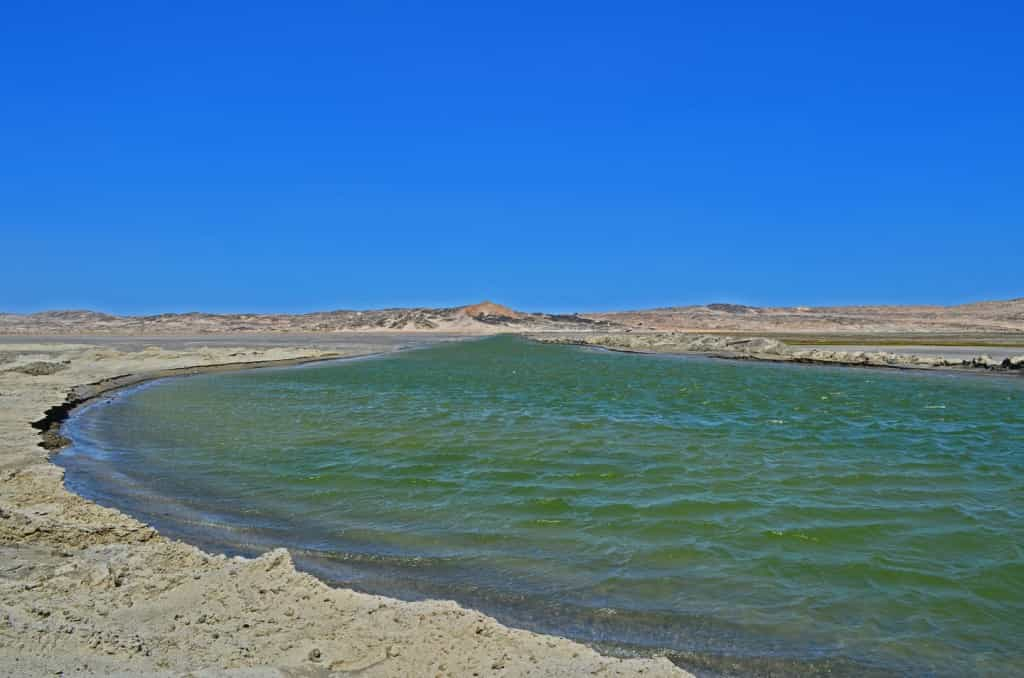
Pingback: Djibouti: big fish and not much else. | Colin’s Notes
Pingback: Mount Rushmore, Crazy Horse and the end of the road trip. | Colin’s Notes